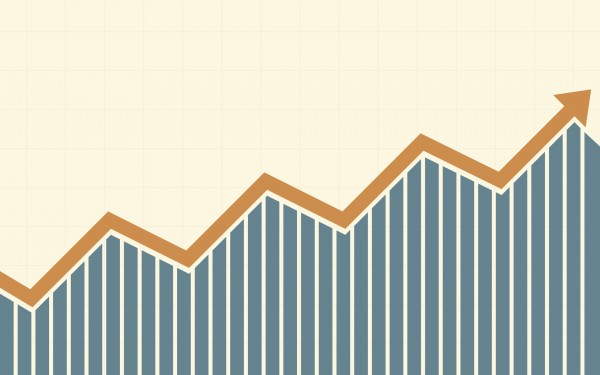Medicare Advantage Gives Insight into Single Payer Systems
A Kaiser study finds that policymakers may face the same problems in single payer systems that they face in Medicare Advantage.

Source: Thinkstock
- Medicare Advantage’s annual gross margins are about twice as high as individual or group plans, according to a recent Kaiser Family Foundation (KFF) study.
The findings could shed light on the challenges single-payer proposals may face, if implemented.
“Medicare-for-All proposals have sparked discussion about the role of private health insurance in the U.S. health care system….As context for these discussions, this brief examines and compares the financial performance of insurers in the Medicare Advantage, individual, and fully-insured group markets,” the study began.
KFF found that from 2016 to 2018 the annual gross Medicare Advantage margins were $1,608 per person coverage. This is approximately twice as much as individual or group plans. Medicare Advantage’s gross annual margins were the second highest of all insurer types studied, coming in at $23.9 billion, or a couple billion below the fully insured group market.
From 2016 to 2018, the individual market was unstable, making it impossible to use the three-year average gross margins as a clear indicator of the year-to-year average. Individual market insurers experienced a severe drop in gross margins in 2016 but by 2018 the ambiguity surrounding new individual market policies drove the margins very high.
The annual gross margins for the individual market came in at $10.6 billion, lower than either fully insured group markets or Medicare Advantage. The average annual gross margin per member was $779. Group markets enjoyed the highest aggregated annual gross margins at $26.5 billion.
Medicare Advantage payers receive on average $11,545 for each of the market’s 22 million beneficiaries. However, studies show that plans are receiving higher payments than necessary because they are based on original Medicare payments. A separate KFF study said payers are being overcompensated by as much as $1,253 per enrollee.
From 2006 to 2018, Medicare Advantage’s average gross margins have stayed far above individual and group markets, although the gap between Medicare Advantage and the individual market diminished by about 66 percent in those 12 years. This is due to the individual market’s average annual gross margins increasing by around eight times its 2016 levels in the span of two years.
Medicare Advantage gross margins flattened after 2009 when policymakers began to take note of federal overpayments. They then dipped between 2012 and 2015 when the Affordable Care Act reeled in federal payments.
Since 2016, however, with many new, larger plans attaining high quality ratings and receiving the bonus payments, marginal payments have been rising. In 2018 marginal payments nearly hit 2009 levels, when payments were highest at $1,692 per member.
The study also looked at the health of Medicare Advantage through simple loss ratios, the payer’s percentage of premium income contributed through claims. For Medicare Advantage, medical expenses accounted for 86 percent of their premiums. Medicare Advantage’s simple loss ratio on medical expenses has been a relatively consistent figure since 2006 when this data started being collected.
Individual and group markets demonstrated a similar level of medical spending, averaging around 84 percent of their premium income.
The similarity between loss ratios in contrast with the diversity in annual gross margin presents a conundrum. The study explained that Medicare Advantage’s more expensive medical costs and premiums keep its gross margins above the other two markets, giving greater impact to its margins.
“People on Medicare tend to use more health care and incur higher medical expenses than people in the individual and group markets, and the federal payments (premiums) to Medicare Advantage plans are tied to the medical expenses of people in traditional Medicare,” the study stated.
The KFF researchers used this data to consider the single-payer proposals that are currently circulating in politics. Some of these plans are designed to operate similarly to Medicare, with space for private payers to offer benefits much like Medicare Advantage plans do.
To the researchers, the data indicated that the current environment may not be an amenable environment to single-payer plans.
“Based on the history of Medicare Advantage plans, setting payments to private plans at the appropriate rate remains a challenge, given competing goals of broadening plan choice and fiscal accountability,” the study concluded. “With a new public program or option, policymakers are likely to face similar challenges, depending on their goals and priorities.”
